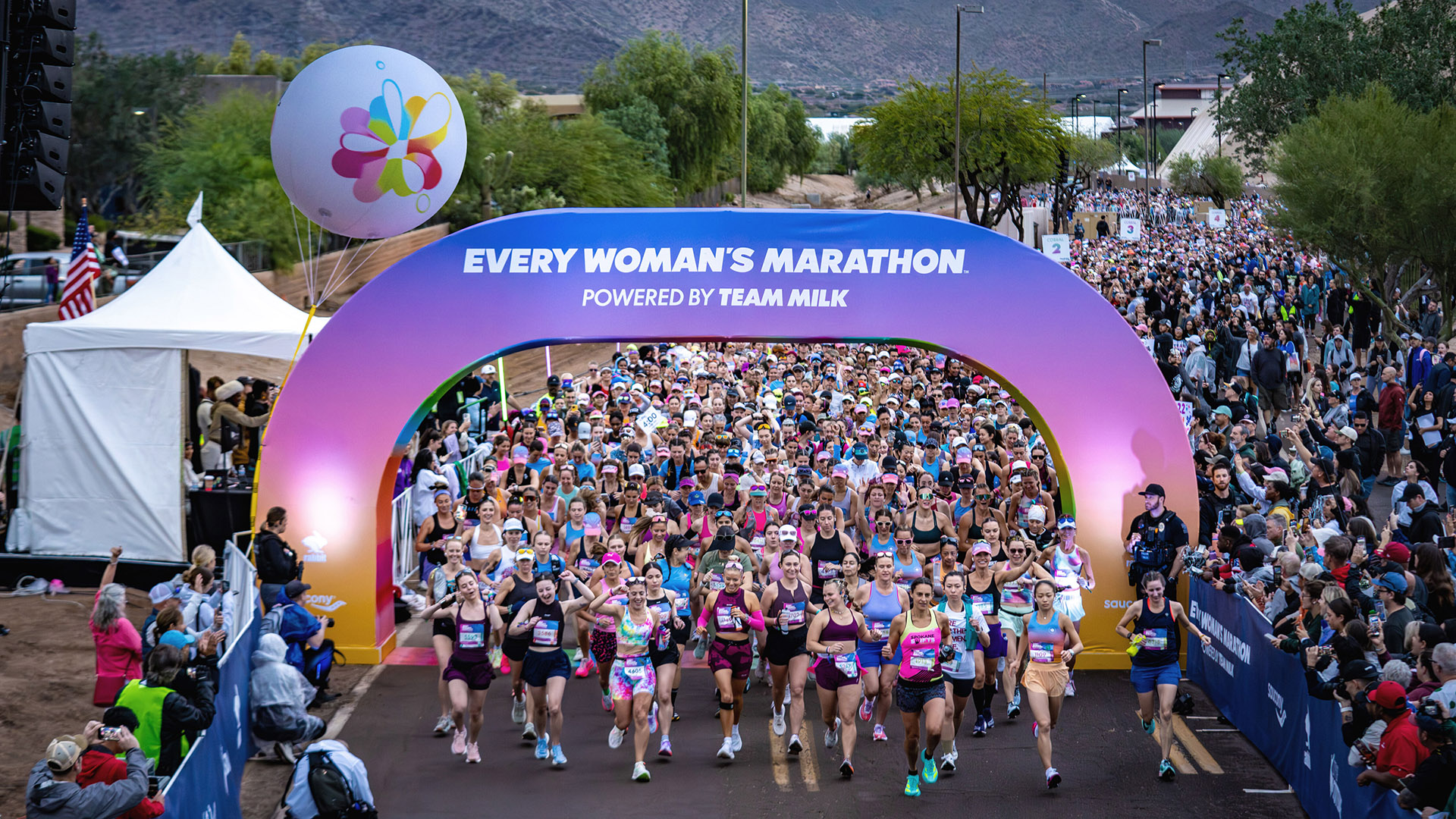Imagine hitting send on your most strategic, creative email campaign, only to have it land in the Spam or Junk folder and become a victim of a mass deletion before your recipient even sees the subject line. It’s a reality many marketers have faced, and some would argue is as painful as not making it into the inbox at all.
As email providers like Gmail and Outlook work harder to elevate user experience, marketers must work smarter to get their campaign emails delivered and opened. While there are many strategies to support deliverability, one of the top elements is the throttling process. Here’s what you need to know about throttling:
What is throttling?
Throttling is the process of breaking down a large email deployment into smaller batches to maintain better deliverability and increase the chances of reaching customer inboxes. This approach also helps to avoid any rate limiting applied by email providers, which can lead to message rejections.
What is considered a large deployment?
A large deployment is defined differently for each business and is based on the daily send volume over the previous 30-days. For example, if a company had an average send volume of 1 million emails per day over the last 30 days and is now planning to send 10 million emails to its subscriber base, it makes sense to break up that deployment. Here’s a sample of how you might do that:
- Day 1: 1.8 million emails
- Day 2: 3.2 million emails
- Day 3: 5 million emails
How do you determine how to break up the emails?
Building on the example above, we identified 1.8x as the daily increase multiplier based on both the average daily sends and the number of IPs we were allocated. So, day 1, we sent 1.8 million emails, and multiplying by 1.8 meant sending 3.2 million emails on day two, and so forth, until the target was reached. If using Salesforce Marketing Cloud, you can use random splits combined with wait periods in the Journey Builder to help schedule, as seen in the sample below:
- Day 1: 1.8 million emails, 18% audience split
- Day 2: 3.2 million emails, 32% audience split + 1-day wait period
- Day 3: 5 million emails, 50% audience split + 2-day wait period
How does send time factor in?
Send time on each day is an important part of the throttling process. Send Time Optimization tools can help to define the best send time for each user. Alternatively, emails can be throttled over several hours to keep volumes low. For example, on day one, you might throttle at 150k emails per hour over the course of 10 hours.
If possible, it’s also best to include your most engaged audience on Day 1 and/or Day 2 before releasing the email to the more unengaged audience. Email providers want to see that customers are opening your emails. You could also apply a similar thought process on a domain level.
Do I need to throttle during the peak season?
This is our most-asked question, and our response is no, if you are prepared for it. Plan out your campaign calendar in advance and throttle sends before you reach the peak season. In other words, work your way up to higher average sends which will allow you to send higher volumes within shorter durations. Keep in mind the importance of maintaining the balance between business and operational requirements.
Do I need to throttle during the non-peak season?
During the non-peak season, the average send volume tends to be lower, allowing you to throttle even a smaller send. While it might not seem necessary to throttle with smaller numbers, trust us, this will help you to avoid the deliverability issues. Plus, providers are constantly check sending patterns, and sudden spikes will prompt them to implement various measures (like rate limiting) on the email delivery.
No matter what industry you work in, throttling large email deployments is a critical component of successful email marketing; it will help you better align with provider expectations, avoid common pitfalls, and keep you out of the Spam folder. Especially with the holiday season upon us, that’s something all brands can benefit from.











